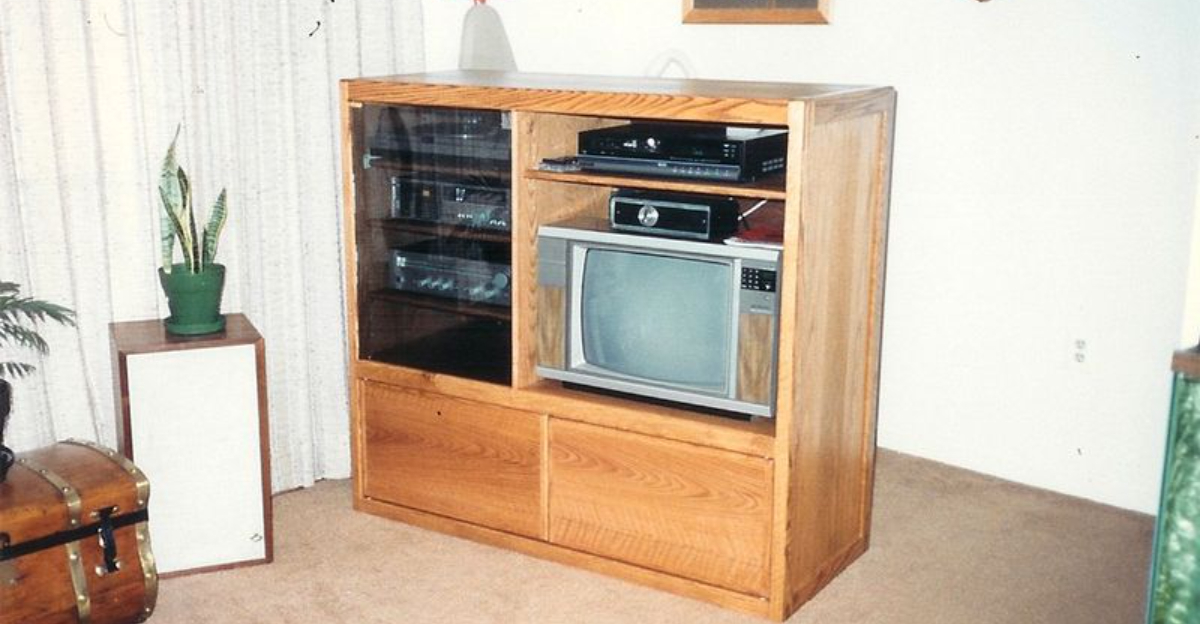Looking around your home, you might wonder what treasures lurk in cabinets or storage boxes. Many people hold onto possessions believing they’ll fund a vacation or retirement someday.
Unfortunately, reality often disappoints when it’s time to sell or appraise common household items.
1. Grandma’s Fine China
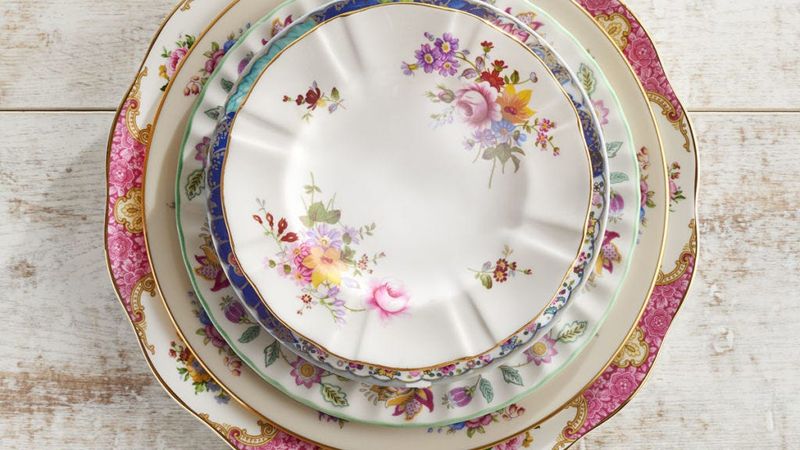
Passed down through generations, elegant floral-patterned plates sit untouched in oak cabinets. Nobody wants formal dining sets anymore.
Young homeowners prefer casual, dishwasher-safe options over hand-wash-only heirlooms. Even complete sets from recognizable brands like Lenox or Noritake sell for pennies on original dollar at estate sales.
2. Encyclopedia Sets

Heavy leather-bound volumes once represented knowledge and status. Parents invested hundreds for children’s education before internet existed.
Now encyclopedias occupy landfills or languish on thrift store shelves priced at $5 for entire collections. Digital information made printed reference books obsolete almost overnight.
3. Hummel Figurines
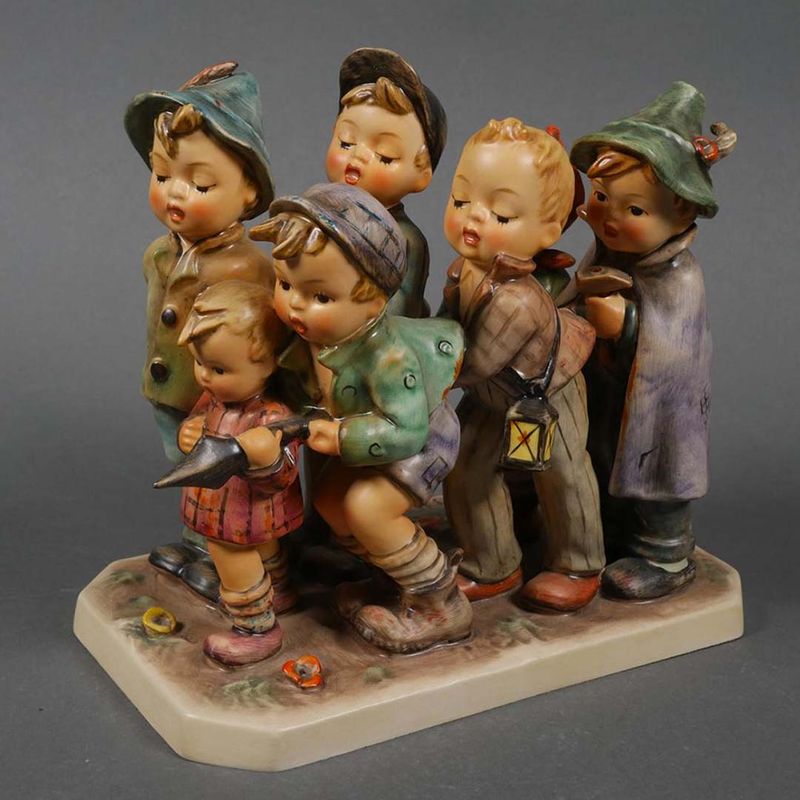
Small porcelain children with rosy cheeks clutching flowers or playing instruments – once coveted collectibles commanding premium prices. Older generations amassed vast collections, believing values would skyrocket.
Market saturation and changing tastes crashed values dramatically. Figurines originally purchased for $75-200 now struggle to fetch $10-15 each at consignment shops.
4. VHS Movie Collections
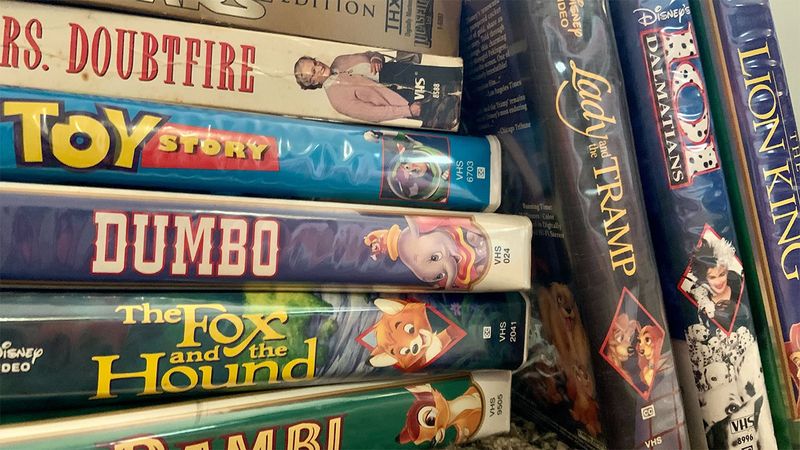
Remember paying $24.99 for each plastic rectangle containing favorite films? Cabinets full represented significant investments during 1980s-90s.
Now entire collections sell for $5-10 at yard sales – if anyone buys at all. Few functioning VCRs remain, and streaming services offer everything instantly. Even Disney “vault” releases hold minimal value.
5. Thomas Kinkade Prints
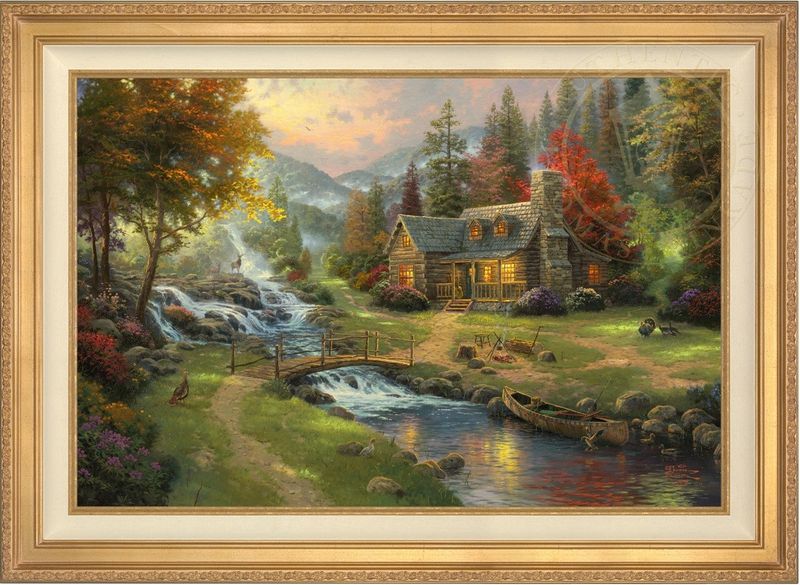
Glowing cottages nestled amid flowery landscapes promised investment potential when purchased from mall galleries. Sales pitches emphasized “limited editions” and included certificates of authenticity.
Mass production reality means thousands exist of each image. Original $300-500 purchases now command $20-40 in resale markets. Changing décor trends left behind cottage-core aesthetics for minimalist walls.
6. Precious Moments Figurines
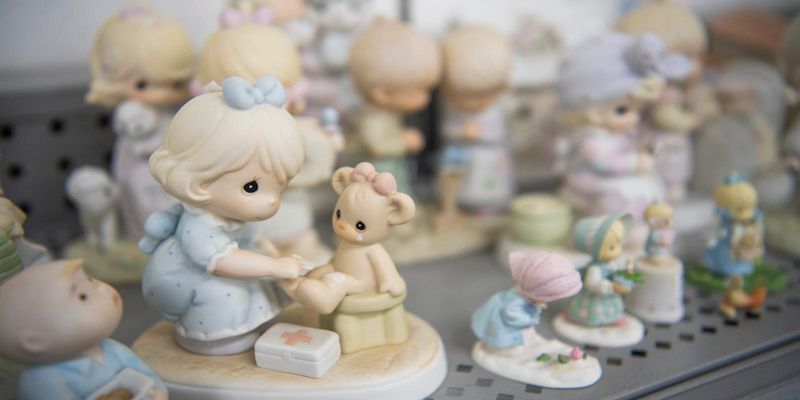
Teardrop-eyed porcelain children became gift-giving staples for religious milestones. Collectors showcased dozens in specialized display cases, certain values would increase.
Market flooded when production ramped up to meet demand. Original $45 figurines struggle to sell for $5 now. Younger generations reject cutesy sentimentality for clean-lined décor, leaving grandmothers’ collections virtually valueless.
7. Bradford Exchange Collector Plates
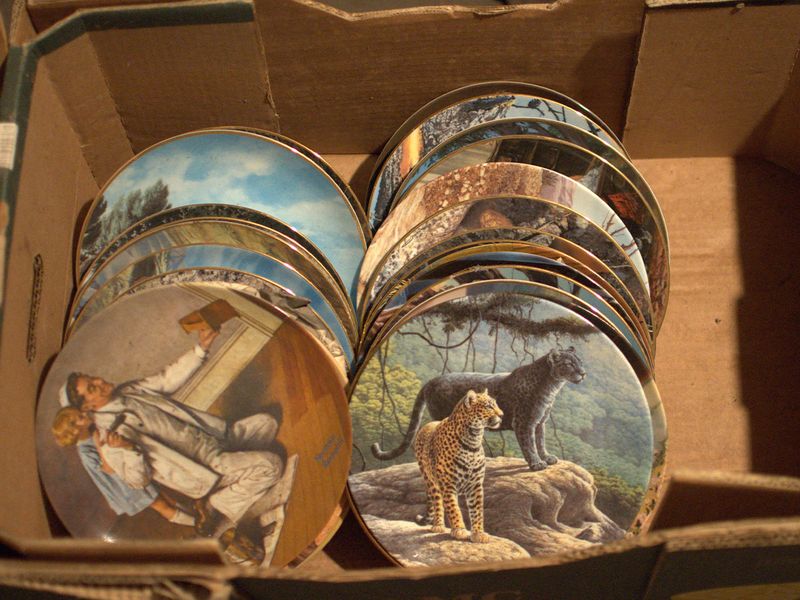
Magazine advertisements promised exclusive limited-run commemorative plates would appreciate substantially. Households displayed Norman Rockwell scenes or wildlife portraits on special wall-mounted racks.
Despite certificates and numbering, millions were manufactured. Plates purchased for $50-75 now fetch $5-10 maximum. Auction sites overflow with unwanted plates as original owners downsize or estates liquidate collections.
8. Heavy Oak Entertainment Centers
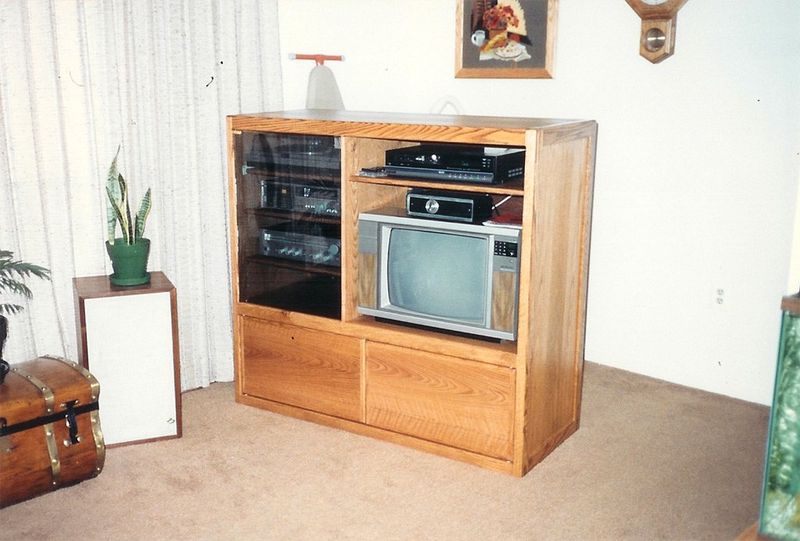
Massive wooden furniture designed for bulky tube TVs dominated living rooms throughout 1990s. Families invested thousands in solid craftsmanship with built-in storage for VHS collections.
Flat screens eliminated need for deep furniture. Consignment stores reject oak entertainment centers entirely. Even free listings online generate minimal interest, forcing many homeowners to pay for removal during renovations.
9. Designer Handbags (Non-Luxury Brands)
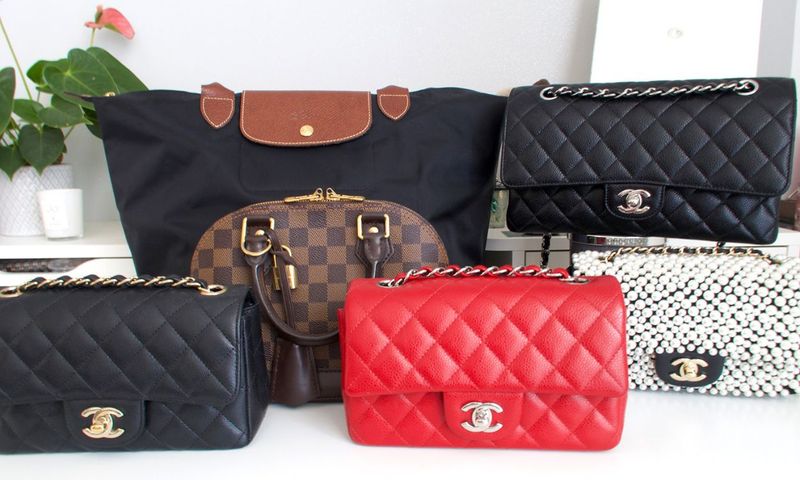
Department store handbags from brands like Coach, Dooney & Bourke, or Michael Kors commanded $300-400 new. Women collected multiple colors, viewing purchases as investment pieces.
Fast fashion cycles accelerated style obsolescence. Last season’s designs lose 70-90% of value immediately after purchase. Only ultra-luxury brands like Hermès or Chanel maintain or increase value – mass-market “designer” bags become virtually worthless.
10. Broken Appliance Parts
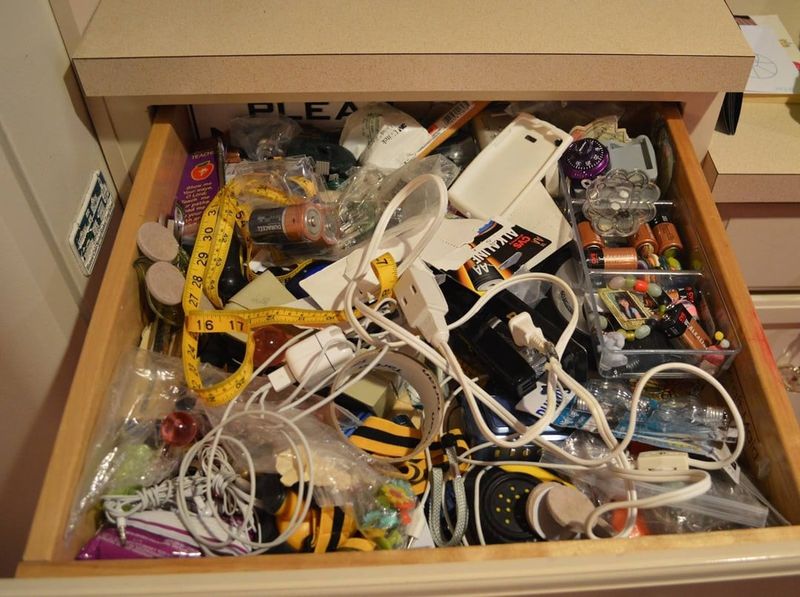
Kitchen drawers nationwide harbor collections of mysterious screws, rubber gaskets, and plastic components. Each saved after appliance repairs with good intentions.
Parts rarely match anything currently owned. Manufacturers constantly change designs, making old components useless. Still, people struggle to discard mysterious metal bits, convinced usefulness waits just around corner.
11. Cassette Tape Collections
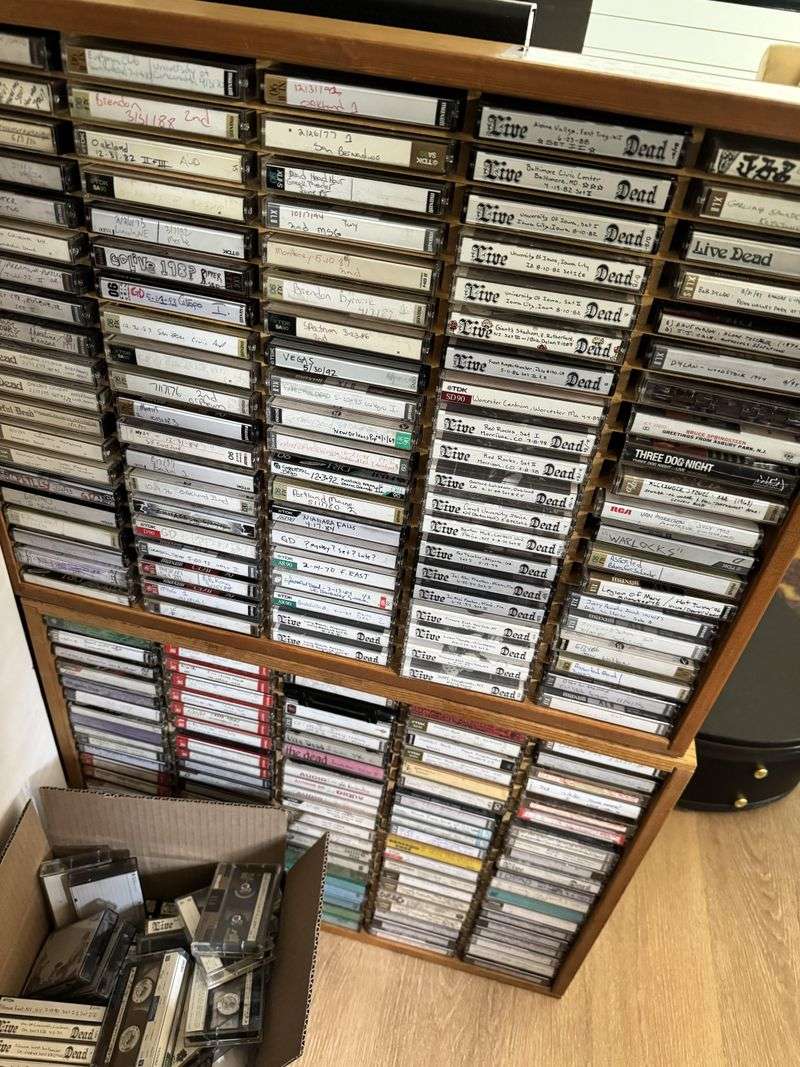
Magnetic ribbons once delivered musical joy before CDs dominated. Many adults still store shoeboxes full of labeled Memorex tapes from teenage years.
Degrading magnetic media means most play poorly if at all now. Few functional players exist. Despite vinyl’s resurgence, cassettes remain largely worthless except for extremely rare releases or certain nostalgic genres with cult followings.
12. Incomplete Board Games

Boxes stacked in closets contain family entertainment from decades past. Game nights created memories, but pieces inevitably vanished.
Missing dice, absent playing cards, or lost instruction booklets render games functionally useless. Yet families resist discarding, hoping missing components might someday reappear. Complete vintage games occasionally hold value – incomplete sets become landfill fodder.
13. Old Cell Phones
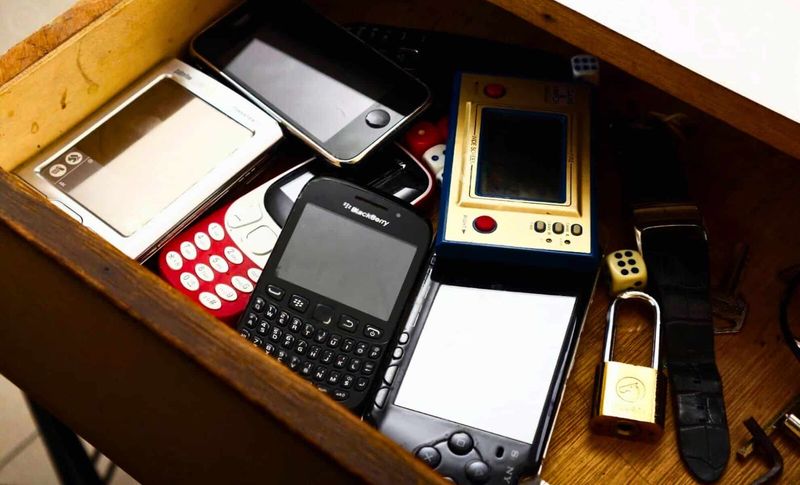
Drawer dedicated to technological history contains flip phones, early smartphones with cracked screens, and various charging cables. Each represents hundreds spent on cutting-edge technology years ago.
Rapid innovation renders devices obsolete within months. Even working phones from five years ago hold essentially zero value. Security concerns and battery degradation make older models unusable even as backups.
14. VHS Home Movies

Black plastic rectangles preserve precious family memories – first steps, birthdays, graduations. Labels fade while content remains unwatched for decades.
Magnetic tape degrades over time, sometimes becoming unwatchable. Conversion services exist but cost more than most willing to spend. Meanwhile, impossible-to-replace memories deteriorate in basements while families procrastinate digitization decisions.
15. Promotional Plastic Cups
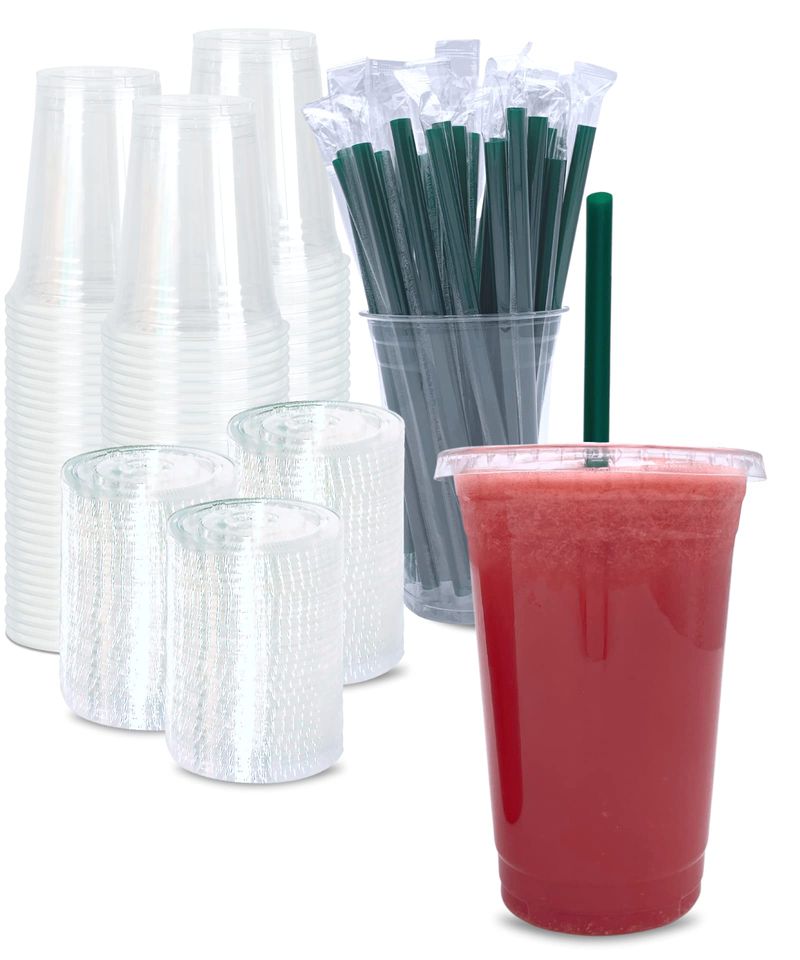
Cabinets overflow with logoed stadium cups from sporting events, amusement parks, and restaurant promotions. Each represents fond memory or perceived value when acquired for “free.”
Mismatched, stained, and often warped from dishwashers, collections grow without purpose. Nobody deliberately chooses promotional drinkware when entertaining guests. Yet psychological barriers prevent discarding perfectly functional, completely worthless items.
16. Unfinished Craft Projects

Plastic bins contain ambitious creative endeavors abandoned partway through. Half-knitted scarves, partially completed cross-stitch, and unassembled model kits represent significant financial investments.
Guilt prevents discarding materials purchased with good intentions. Meanwhile, supplies deteriorate, adhesives dry out, and patterns become dated. Eventual disposal becomes inevitable yet remains perpetually postponed.
17. Miscellaneous Cords and Cables
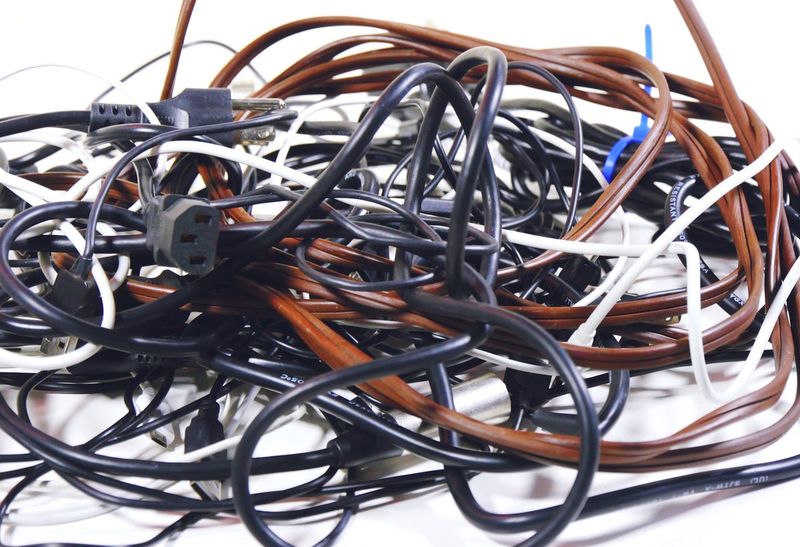
Tangled masses of black and gray wires inhabit most American homes. Nobody remembers what devices each powered, yet fear prevents disposal.
Proprietary connections become obsolete when manufacturers change standards. USB evolution renders older cables unusable with newer devices. Still, mysterious adapters remain hoarded because replacement seems potentially expensive if ever needed.
18. Saved Gift Bags and Tissue Paper

Closet corners harbor flattened paper bags and folded tissue from gifts received years ago. Frugality drives preservation for future gift-giving occasions.
Creases, tears, and outdated designs make reuse increasingly unlikely. Holiday-specific patterns remain stored year-round occupying valuable space. Meanwhile, new bags enter circulation faster than old ones exit through actual reuse.

